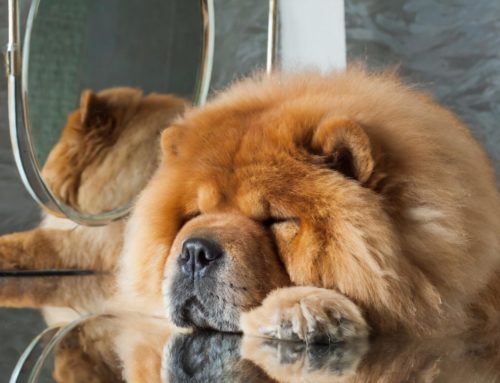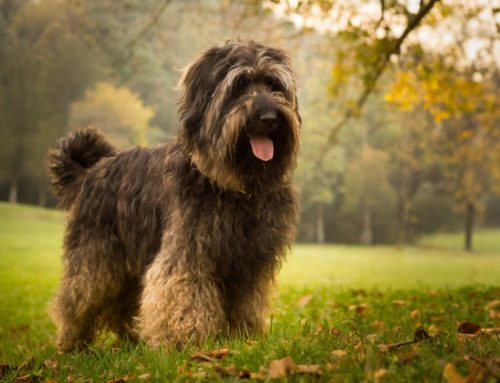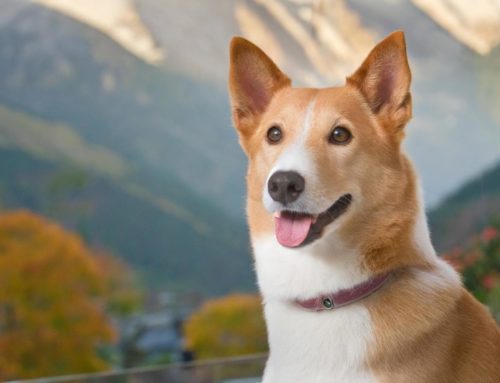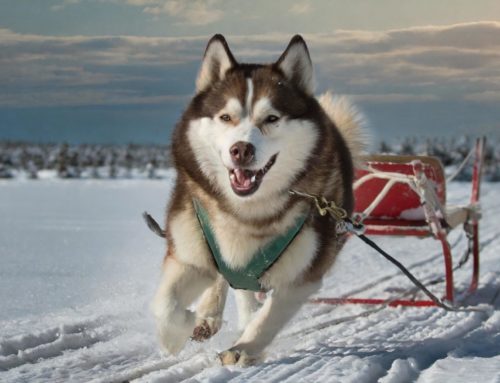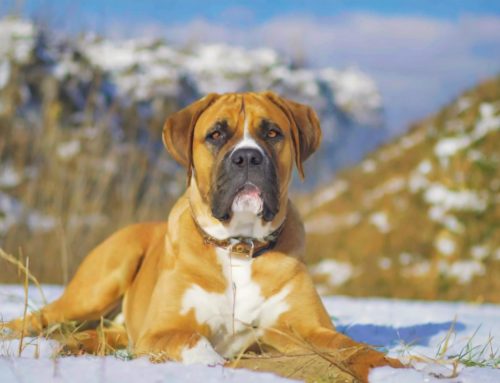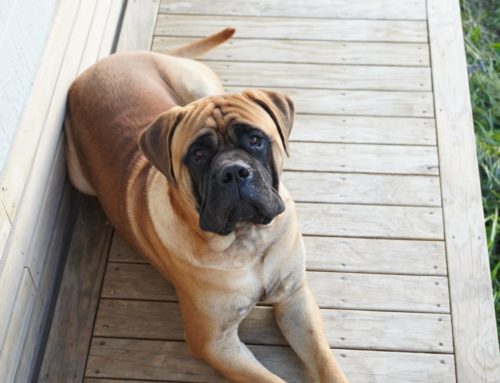
The Basset Bleu de Gascogne, an unusual breed of dog, originates from Gascony in France and is known for its unique coat with black spots and tank coloured markings. A smaller relative of the Grand Bleu de Gascogne, this hunting dog was used in the 19th century to hunt small game such as hare and rabbit, especially in the French south-west.
Known for its keen sense of smell, the Basset Bleu de Gascogne was traditionally used for ‘clean boot hunting’, a form of hunting where dogs follow the trail of game.
FCI breed group 6 scent hound
The Basset Bleu de Gascogne, part of the FCI group and part of the breed group ‘running dogs and sweat dogs’. A dog breed that originated in France. This breed is known for its distinctive coat, which has a unique bluish tinge due to the black and white hair colouring, giving the impression of a blue colour.
This distinctive coat of the Basset Bleu de Gascogne contributes to the breed’s attractiveness. Smaller than the average basset hounds, these dogs have a history closely associated with hunting under the gun.
They are specifically bred for ‘clean boot hunting’, meaning they are excellent trackers and can follow a trail for hours. Their breed description suggests that they are cheerfully behaved and highly dedicated to their work.
Coat and appearance of the Basset Bleu de Gascogne
The Basset Bleu de Gascogne, an exceptional dog breed from France’s south-western coast region, stands out for its unique appearance and charming charisma. These dogs have a remarkably long skull and a face where the inner sides of the ears, at least reach to the tip of the nose, a feature typical of this breed.
Their ears hang elegantly along their cheek, giving them a friendly and approachable appearance. The shoulder height of the Basset Bleu de Gascogne is characteristic of their low-legged build, but they are nevertheless very muscular, especially around the thighs.
The head is long and the inside of the ears are typically covered in soft hair, giving them a pleasing texture. Their eyes, positioned above the eyes, often show a friendly and curious gaze towards new people and animals. This breed is known for its hunting skills, especially for rabbit and hare, and therefore requires plenty of exercise.
Despite their short history in some parts of the world, they have quickly become popular due to their social nature and ability to get along well with strangers and other pets. Their training can sometimes be challenging because of their tendency to be stubborn,
Hereditary diseases and disorders
The Basset Bleu de Gascogne, a breed with a rich hunting history. However, as with many dog breeds, there are some hereditary diseases and disorders that this breed can be prone to
Here is a list of some common health problems in the Basset Bleu de Gascogne:
- Hip dysplasia: A common problem in many breeds, especially in heavier-bodied dogs.
- Elbow dysplasia: Like hip dysplasia, this can cause pain and lameness.
- Ear infections: Because of their drooping ears, they are more prone to ear infections.
- Eye disorders: Including progressive retinal atrophy (PRA) and cataracts.
- Skin problems: Allergies and skin conditions can occur, especially given their dense coat.
- Bloat (gastric dilatation-volvulus): A serious condition in which the stomach fills with gas and sometimes twists.
- Obesity: Due to their propensity for weight gain, their diet must be closely monitored.
The character of the Basset Bleu de Gascogne
A dog breed native to France and known for its hunting skills, the Basset Bleu de Gascogne is a family dog with a unique character. This dog, with its long head, striking eye line, and coat of rough hair, is a true all-around friend. Its coat, usually covered in distinctive blue spots, requires regular brushing to remove hair and prevent tangles.
These dogs are known for their cheerful and social nature, although they can sometimes be a touch stubborn or stubborn. Their bark, deep and piercing, often lets you hear their presence, especially during hunting activities under the gun. These former sweat dogs have a history dating back to the time of the French Revolution.
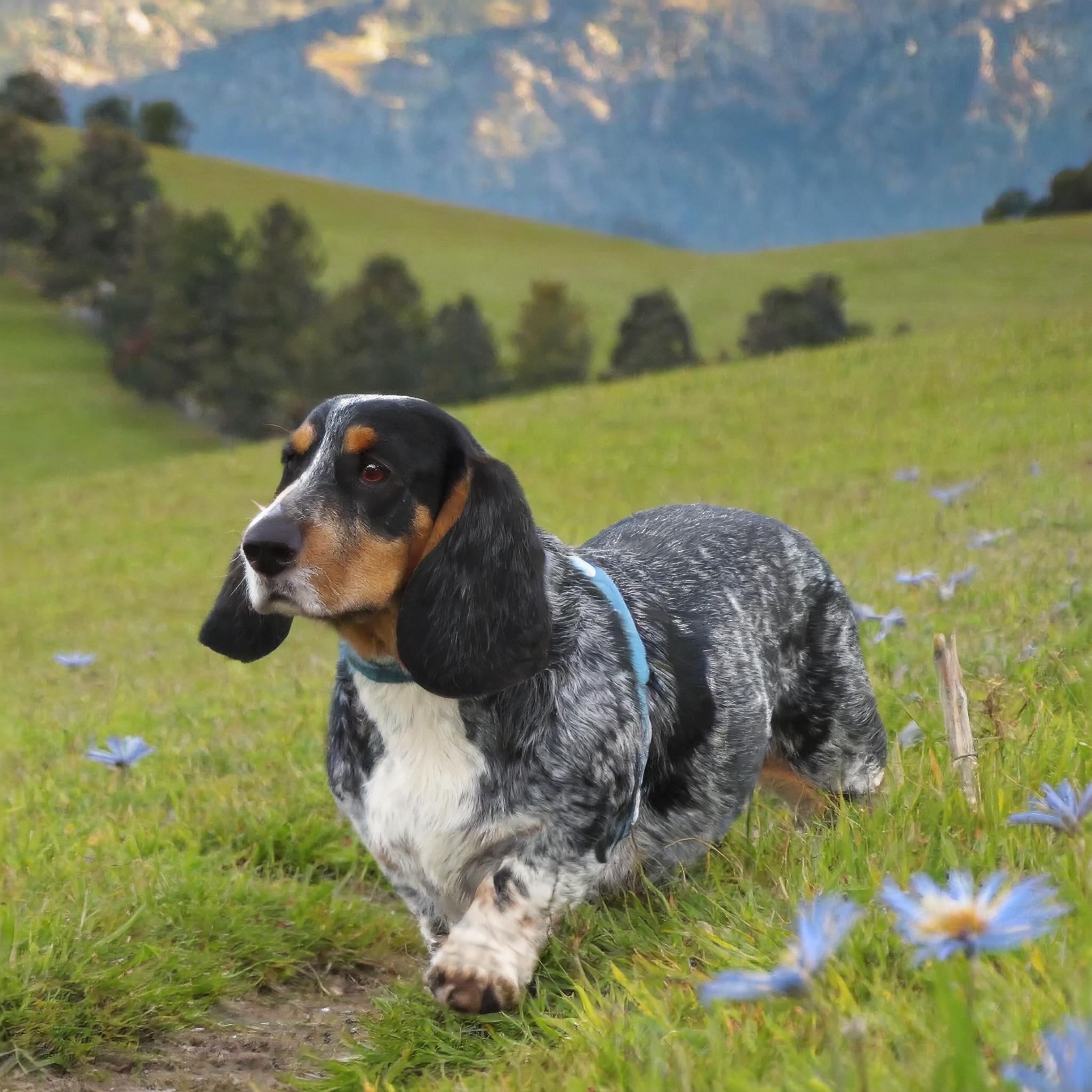
The care of the Basset Bleu de Gascogne
The care of the Basset Bleu de Gascogne requires special attention, especially because of its distinctive coat and physique. This dog, known for its beautiful blue spots on its coat, needs regular grooming.
Their coat, although not excessively long, should be brushed regularly to prevent tangles and remove dead hairs. This also helps keep the skin healthy. These dogs are also prone to ear infections because of their drooping ears. Regular checking and cleaning of the ears are therefore essential.
The nails of the Basset Bleu de Gascogne should be clipped regularly to avoid discomfort, especially as they do not always wear off naturally due to their short limbs. In terms of exercise, this breed needs daily brisk walks, but they are also content with playtime in the garden.
Their hunting instinct can sometimes tempt them to sniff and explore, so a secure fenced area is ideal.
Socialisation and upbringing of the Basset Bleu de Gascogne
Socialisation and upbringing are crucial for the Basset Bleu de Gascogne. From an early age, it is important to introduce the puppy to different people, animals and environments. This helps to develop a confident and well-adjusted dog that is comfortable in various situations.
These dogs are known for their intelligence and can sometimes be a bit stubborn, so consistent training is essential. Positive reinforcement, such as praise and treats, often works well with this breed. It is important to be patient and keep training sessions short and fun.
Because of their hunting background, Basset Bleu de Gascognes have a strong sense of smell and can be distracted by scents. Training should therefore also focus on obedience and coming on command.
Regular exercise is important to release their energy and prevent boredom and destructive behaviour. Long walks and playtime offer both physical and mental stimulation.
How much experience does a Basset Bleu de Gascogne require
The Basset Bleu de Gascogne can be a suitable choice for both experienced and inexperienced dog owners, but there are some considerations. For inexperienced owners, it is important to know that this breed requires consistent and patient training.
Their sometimes stubborn nature can be challenging, so being consistent in parenting and setting boundaries is essential. Positive reinforcement techniques work best with these dogs. Experience in handling dogs can be helpful, especially when navigating their strong hunting instinct and tendency to be distracted by scents.
For both experienced and inexperienced owners, it is important to invest in early socialisation and regular training. These dogs need regular exercise, and while this is manageable, one should be prepared to spend time on daily walks and playtime.
Is training necessary?
Training is definitely necessary for the Basset Bleu de Gascogne, as with any dog breed. This breed is known for its strong hunting instinct and can sometimes be stubborn, which requires consistent and positive training methods. It is important to start training and socialisation from an early age to develop a well-adjusted and obedient dog.
The Basset Bleu de Gascogne is intelligent and can learn quickly, but sometimes tends to be distracted, especially by scents.
This makes it essential to keep training sessions engaging, consistent and regular. Basic obedience training, including commands such as ‘sit’, ‘stay’ and ‘come’, is important for their safety and for a harmonious relationship with the family.
In addition, this dog may benefit from activities that utilise and encourage their natural hunting skills, such as tracking and nose work. Such activities can help channel their mental and physical energy in a positive way.
How much exercise does a Basset Bleu de Gascogne need?
Known for its stamina and hunting skills, the Basset Bleu de Gascogne needs a considerable amount of exercise daily. This breed is energetic and enjoys physical activity, which means daily long walks are essential to meet their exercise needs. Ideally, a Basset Bleu de Gascogne should be active for about an hour a day, spread over several walks or play sessions.
It is also important to provide mental stimulation, as these dogs are smart and sensitive. Activities such as tracking or agility training can keep their minds active and prevent boredom. These activities can also help harness the Basset Bleu de Gascogne’s strong sense of smell.

How is it getting along with children?
The Basset Bleu de Gascogne is known for its friendly and gentle nature, which makes it an excellent choice for families with children. These dogs are patient and tolerant, which allows them to cope well with the energy and unpredictability of young children.
Thanks to their affectionate nature and desire to be part of family life, they can grow into a loving and loyal companion for children. However, it is important to stress that, as with any interaction between dogs and children, supervision and guidance are necessary.
Children should be taught how to treat the dog respectfully and gently, especially given the Basset Bleu’s long back and short legs, which can be prone to rough play. Basset Bleus are generally patient and cope well with the liveliness of children.
They are often willing to participate in games and can play an active role in outdoor play. Their social nature and dealing with other pets, make them a harmonious addition to a household.
Advantages of a Basset Bleu de Gascogne
A charming and distinctive dog, the Basset Bleu de Gascogne has both advantages and disadvantages that potential owners should consider.
- Friendly and sociable: These dogs are known for their friendly and sociable nature. They are often good with children, other dogs and pets.
- Loyal companions: They form strong bonds with their families and are loyal and affectionate.
- Well-adapted to family life: They usually adapt well to family life and enjoy company.
- Suitable for various activities: They are suitable for hunting and can also excel in dog sports such as tracking.
Disadvantages of a Basset Bleu de Gascogne
- Requires regular exercise: These active dogs need daily walks and plenty of exercise to stay healthy and happy.
- Can be stubborn: Their sometimes stubborn nature can make training a challenge, requiring consistent and patient leadership.
- Prone to health problems: Like many breeds, they can be prone to certain hereditary health problems, including hip and elbow dysplasia.
- Coat care: Their short, dense coat needs regular grooming to prevent tangles and matting.
How old will a Basset Bleu de Gascogne become
The Basset Bleu de Gascogne is a breed known for its robustness and, if cared for properly, can reach a respectable age. Generally, a Basset Bleu de Gascogne is expected to live between 10 and 14 years. However, this life expectancy can vary depending on various factors such as genetics, lifestyle, diet and the general health care the dog receives.
Price of a Basset Bleu de Gascogne
The Basset Bleu de Gascogne, a distinct French hound known for its unique blue coat, is quite rare in the US, affecting availability and price.
Price: Given their scarcity, it’s challenging to set a fixed price. If a breeder is found, prices could exceed $3,000 due to the breed’s rarity.
Finding a Basset Bleu de Gascogne:
- Breeders: Locating a US breeder specializing in Basset Bleu de Gascognes may be a formidable task. Direct inquiries to French Kennel Clubs or associations dedicated to rare breeds may be necessary.
- Rescue: The chance of finding a Basset Bleu de Gascogne through US rescue groups is slim. However, you might encounter Basset Hounds or mixes with similar traits in shelters.
Similar Breeds Worth Considering:
If you’re drawn to the Basset Bleu de Gascogne’s characteristics and demeanor, consider these more common alternatives in the US:
- Basset Hound: Known for their gentle nature and iconic long ears, typically priced between $800 and $1,500.
- Beagle: Cheerful and companionable with a keen sense of smell, usually costing between $600 and $1,200.
- Bloodhound: Renowned for their tracking ability and distinctive appearance, with prices ranging from $800 to $1,500.
These breeds share traits with the Basset Bleu de Gascogne and may be more accessible and affordably priced.
Additional Guidance:
- Conduct Thorough Research: Make sure a hound’s energy levels and care requirements suit your home life.
- Adoption Consideration: Exploring shelters or rescue organizations could lead you to a loving hound or mixed breed that fits your lifestyle.
- Preparation for Ownership: Anticipate costs beyond the purchase price, including food, healthcare, grooming for breeds with dense coats, and other essentials.
- Importance of Socialization: Early training and exposure to different environments can help ensure a well-behaved companion.
Finding a Breeder:
- Contact Breed Clubs: While a US-based Basset Bleu de Gascogne club may not exist, reaching out to international clubs could provide leads on breeders open to exporting to the US. Prepare for potential challenges and additional costs involved in importing.
- Explore Rare Breed Registries: Organizations like the United Kennel Club (UKC) or the American Rare Breed Association (ARBA) may offer resources to connect with breeders of less common breeds.
Remember: Opting for a dog breed is a significant decision. Given the Basset Bleu de Gascogne’s rarity, carefully evaluating similar breeds for their compatibility with your lifestyle is wise. Adoption offers a rewarding path to finding a loyal companion, possibly unveiling a dog with qualities akin to the Basset Bleu de Gascogne in your search.
